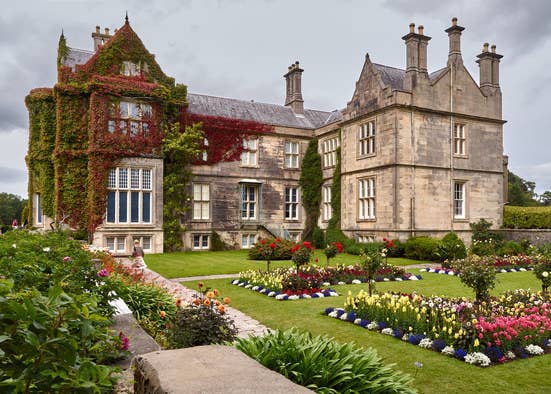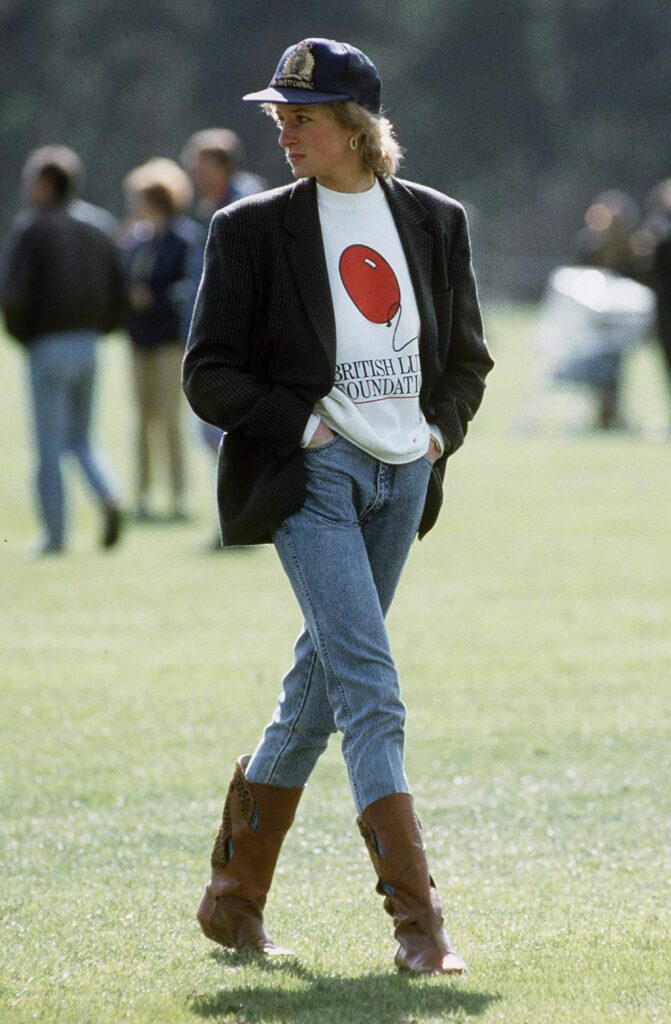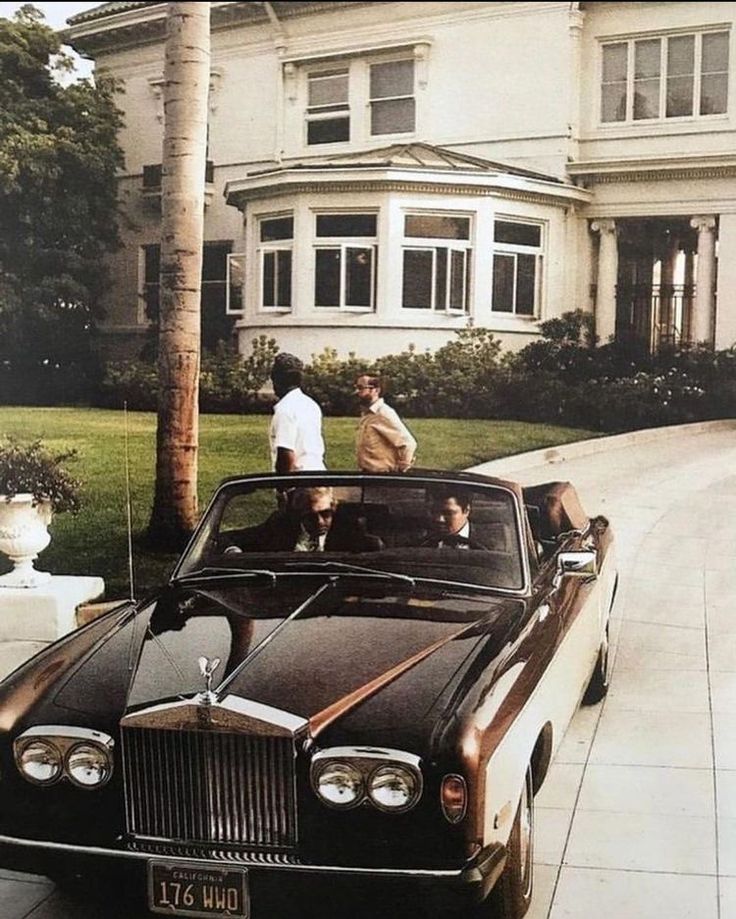The Aesthetic of Old Money; what is it?
Imagine attending a high-society feast in a vintage mansion with lavish interiors, with guests wearing well-tailored checkered tuxedos and elegant gowns; think of yourself antique shopping in an old town in a vintage-inspired outfit; spending a leisure day at the golf course of an exclusive country club; watching a quaint polo match in your linen suit; having an extensive private art collection displayed within an in-house gallery. Such is the aesthetic this style revolves around.

The Old Money aesthetic goes back to the late 19th and early 20th century. While with the passage of such time it might not be possible to recreate the essence of the old completely, it is possible to rekindle it. In today’s world of fast-moving fashion, the allure of vintage clothing articles offers a necessary escape to pin down your individuality over and across the limitations of the era you were born. Vintage thrift stores don’t just enable you to choose between articles across the aisles but also between aesthetics across the ages, to find a combination that is truly you. Each find enables you to become a unique storyteller and make a fashion statement that has undeniably stood the test of time.
The term ‘Old Money’ refers to inherited wealth that has not been earned. It was a way of dressing that was considered an unspoken norm between the ridiculously wealthy and the exclusive. It has featured in several TV shows revolving around wealthy families, like Succession and Dynasty. Articles exhibiting the old money are constituted of conservative colors, most popularly white and varying shades of beige among other minimalistic colors; well-fitted tailored suits, blazers, button-down shirts, polo shirts, chinos, hand-knit sweaters, loafers, and riding boots; all of which fit you like a glove. It is important to note, however, that Old Money does not translate to flaunting expensive brand logos or names, but it’s all about high-quality craftsmanship and understated elegance that exudes an air of sophistication with restraint.
Old Money was the ideal lifestyle goal of many decades, ultimately accessible to only a select few. It’s unattainability, however, is a thing of the past. In the last year or so, the style has gained substantial popularity, especially among Gen-Z, having transformed from a lifestyle goal to an aesthetic trend for many of these individuals. While several fast fashion brands like Mango, Zara, Asos, and Splash among many others offer articles that can be used to recreate the look of Old Money, its authenticity and craftsmanship would most definitely fall short. On the contrary, there is a high chance for you to get your hands on some true quality pieces from thrift stores with the help of the nuances presented in this article.
Old Money with Thrift; what to look for?
The most classic form of Old Money is some sleek-looking suits. There are several things to take note of while you search for some. First of all, the weight of the fabric; newer and low-quality pieces (mostly from China) are going to feel really light when you pick them up, contrary to authentic qualities. The buttons are going to be loose and there’s a good chance you will also see some threads sticking out from some corners as well; stay away from them! For the highest quality pieces, you aren’t often going to see physical labels/tags on them like you see on T-shirts or jeans. Designerwear was the centerpiece of Old Money and so for coats, you are going to find a broad satin-like label stitched at the back of the besom pocket with the name of the designer or boutique. Alongside, there will also be information on the ‘Made in–’, and naturally, you should be looking for the Made in Italy, Made in France, and Made in UK labels for the highest quality. For trench coats, however, you might find these labels also stitched at the neck area. For dress pants, this label is going to be stitched on the inside of the back pocket usually. Moreover, for more authentic vintage-styled dress pants, keep an eye out for pleats. Some notable brands that are able to capture this essence include the Purple Label, Ermenegildo Zegna, Canali, Burberry (for trench coats), and Hickey Freeman among many others that have existed across the ages.
The realm of casual Old Money also includes some opulent styles. The fitted premium polo paired with chinos or cotton shorts is signature. Polo Ralph Lauren is a legacy in this space. Good alternatives are Fred Perry and Lacoste. Though, you can also be on the lookout for hand-knitted designer polos which usually come with minimalist-looking tags having only the names of the designers or boutiques. Textbook hand-knit/cashmere sweaters with button-down shirts and cotton pants are elegant. High-quality brands in the hand-knit sweater space include Brooks Brothers, Barrie, Eres, and Isaia. Pair these with fine-crafted loafers and you have yourself an outfit that screams Old Money as loud as chandeliers glittering in a ballroom of a bygone era.
It isn’t necessary to remember all of these brand names. Ultimately, the easiest way to identify Old Money wear is by its immaculate stitching and sturdy fabrics; the quality and aesthetic are going to be hard to miss. A brief guide for footwear: premium-quality leather loafers or similar are going to feel much heavier than low-quality ones. Each aspect of the shoe is going to exude expert craftsmanship with high attention to detail.
For more outfit inspirations, Old Money style icons like David Beckham, George Clooney, and everyone’s favourite, Princess Diana, are amazing inspirations.

Conclusion
On your trips to the thrift store, you are often also going to come across some really old aesthetics in addition to some other high-value brands. You might want to pick these up to make some quick buck. You can tailor the aesthetic as per your taste, and what you don’t wear, you can always sell. Just be sure to stay patient. It might take you several trips to the thrift store to create an authentic Old Money-rich wardrobe but it is definitely going to be worth it. Quality over quantity, always. Happy Thrifting!$

